Thin Film Deposition
Platinum from ALD and Titania Stabilization
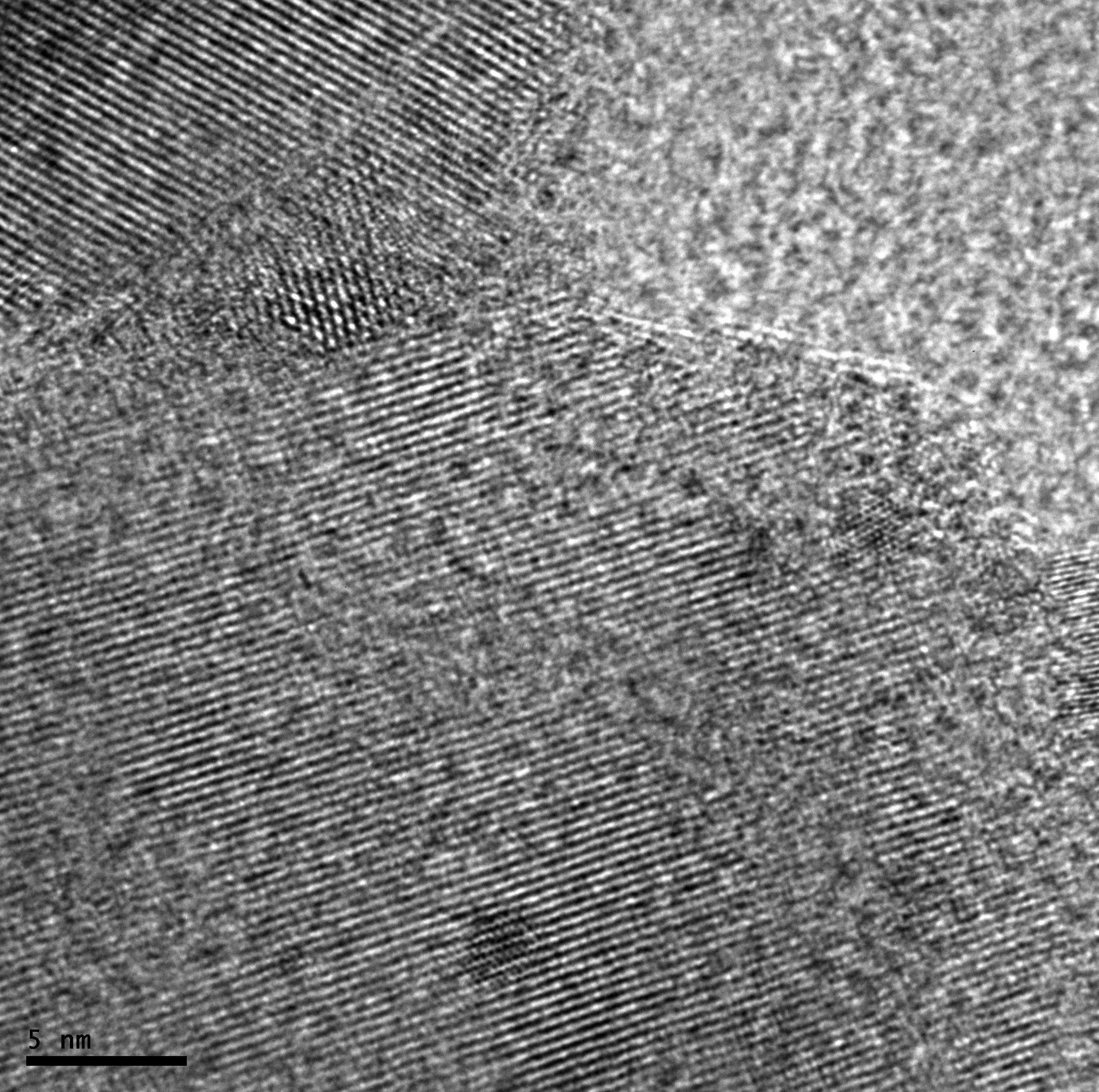
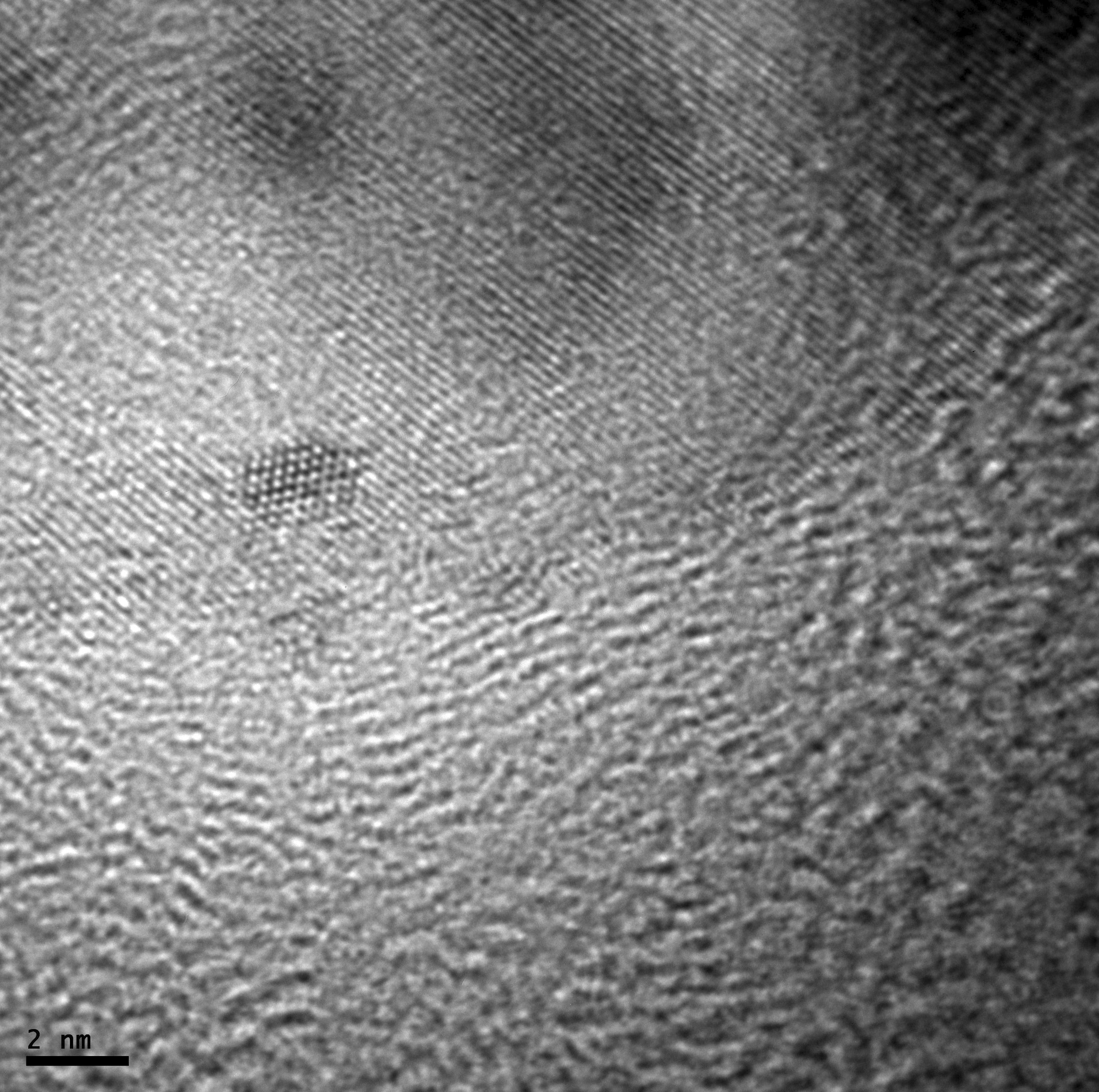
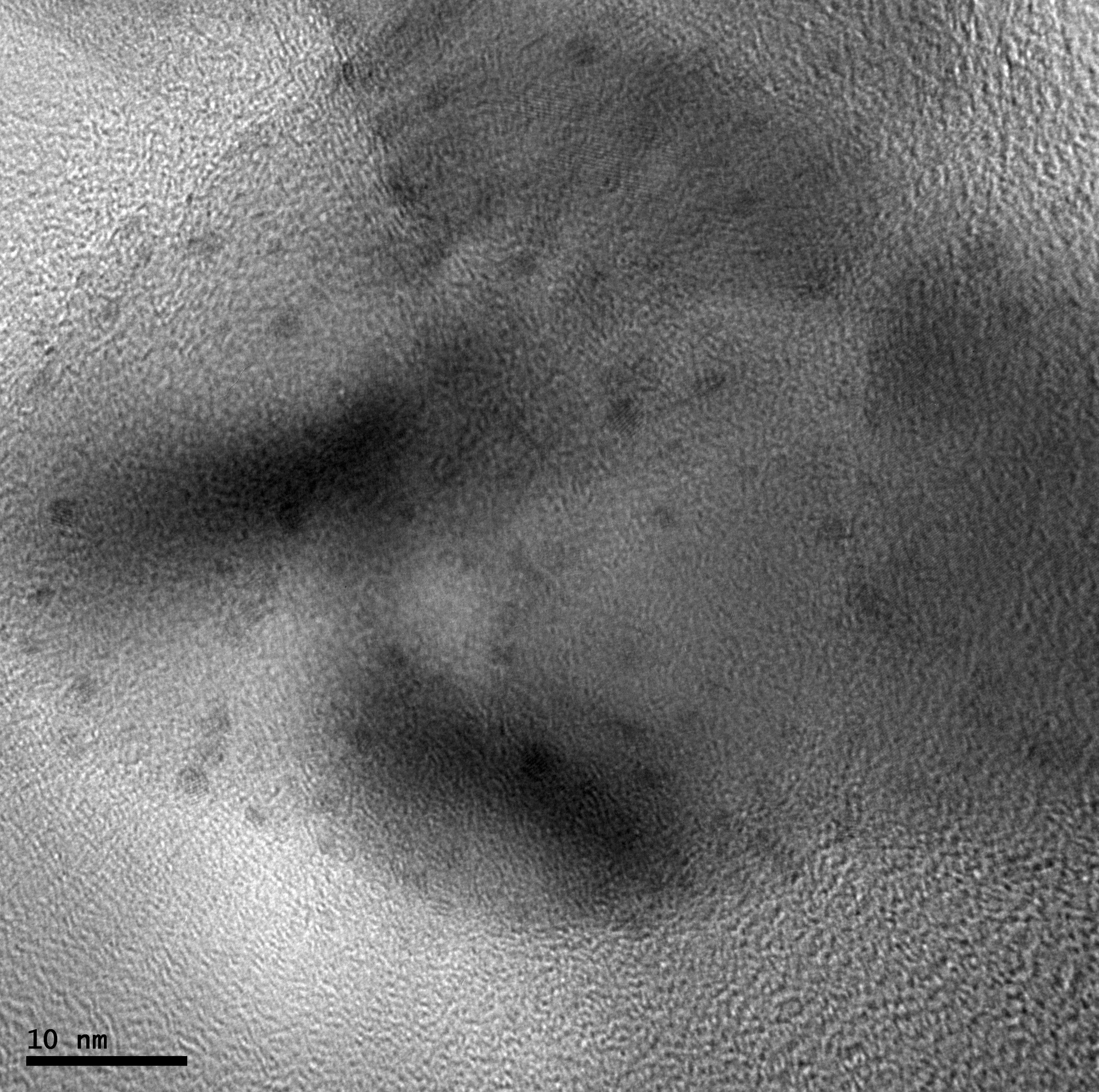
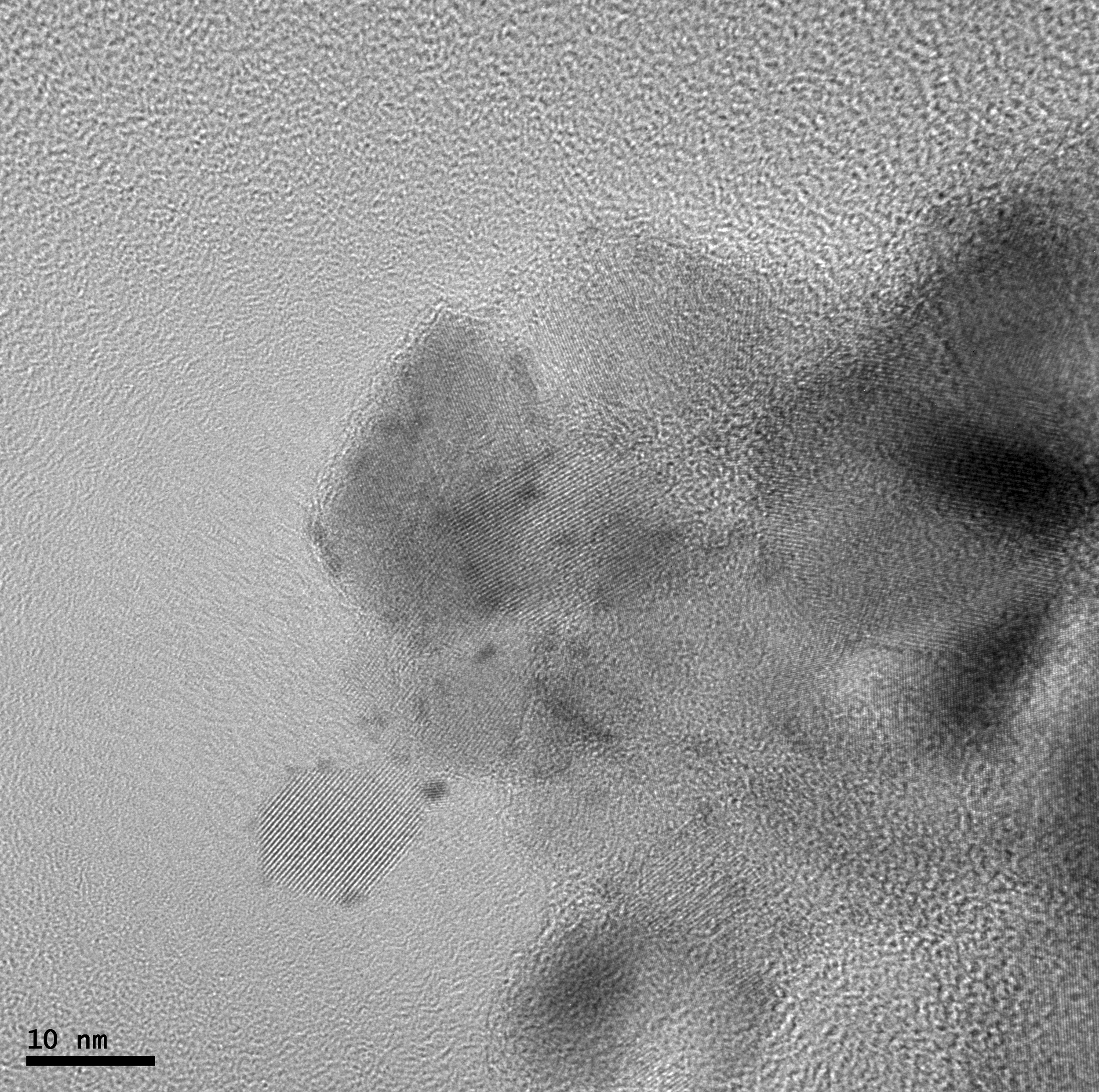
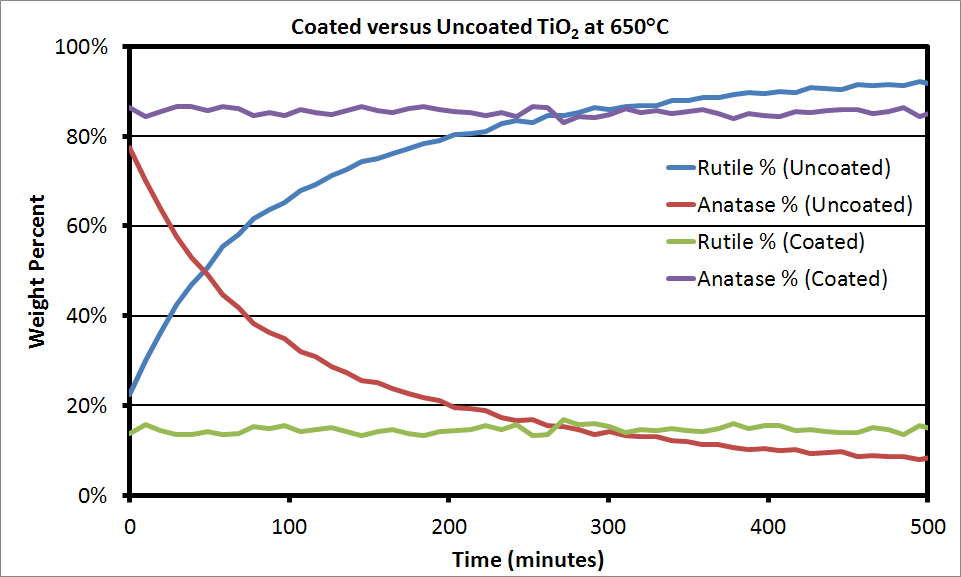
Brian has experience working with both Atomic Layer Deposition and Supercritical Fluid Deposition, two techniques for placing very thin films onto surfaces. His primary experience with ALD was at the University of Colorado, where he attempted to use ALD deposited catalysts for chemical manufacturing. Additionally, these nanometer thick films were used to stabilize the anatase phase of titania at elevated temperatures and prevent conversion into the rutile phase.
Brian also helped with characterizing nanometer sized islands of platinum deposited using ALD, assisting in the development of an ab-initio model for understanding the deposition process.
After finishing his work at the University of Colorado studying ALD, Brian founded Navolta, where he developed a new technology using supercritical fluids to act as a solvent for delivering thin film precursors to the surface of particles in a fluidized bed reactor.
SFD Coated Copper Flake Oxidation Resistance
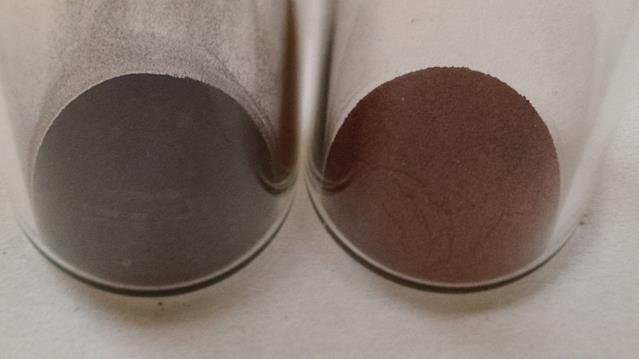

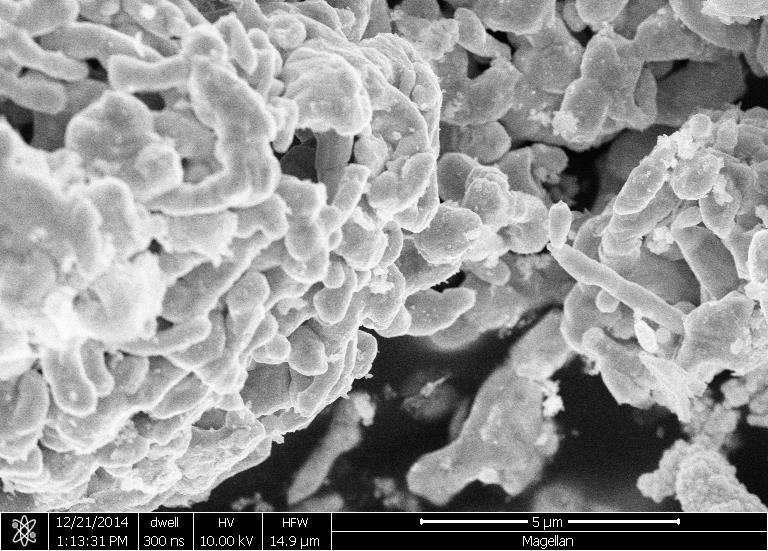
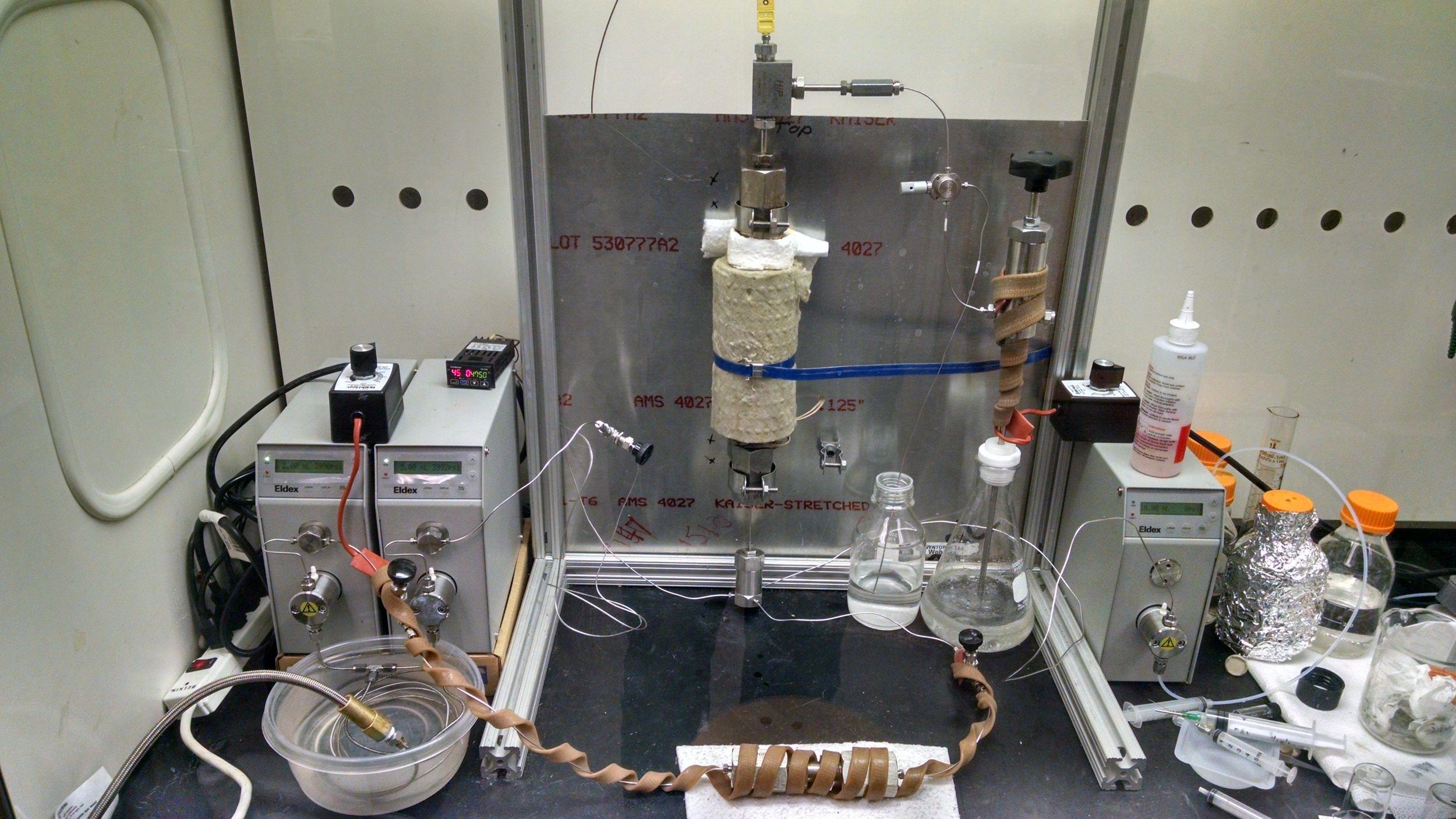
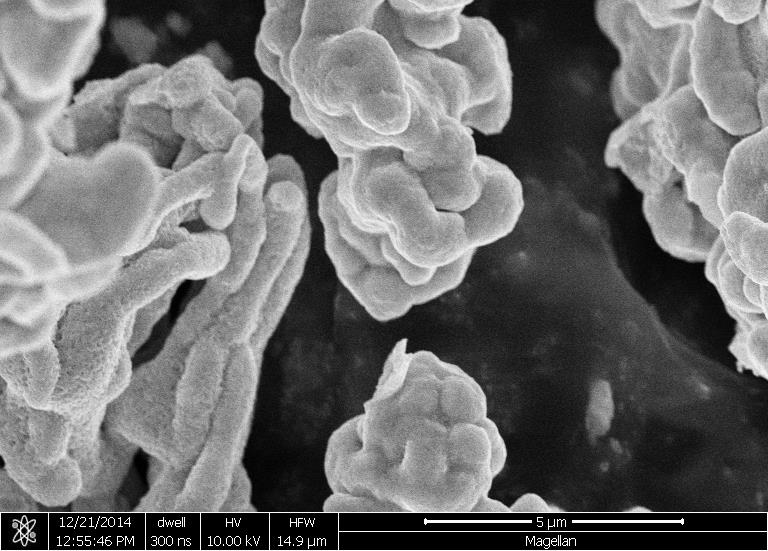
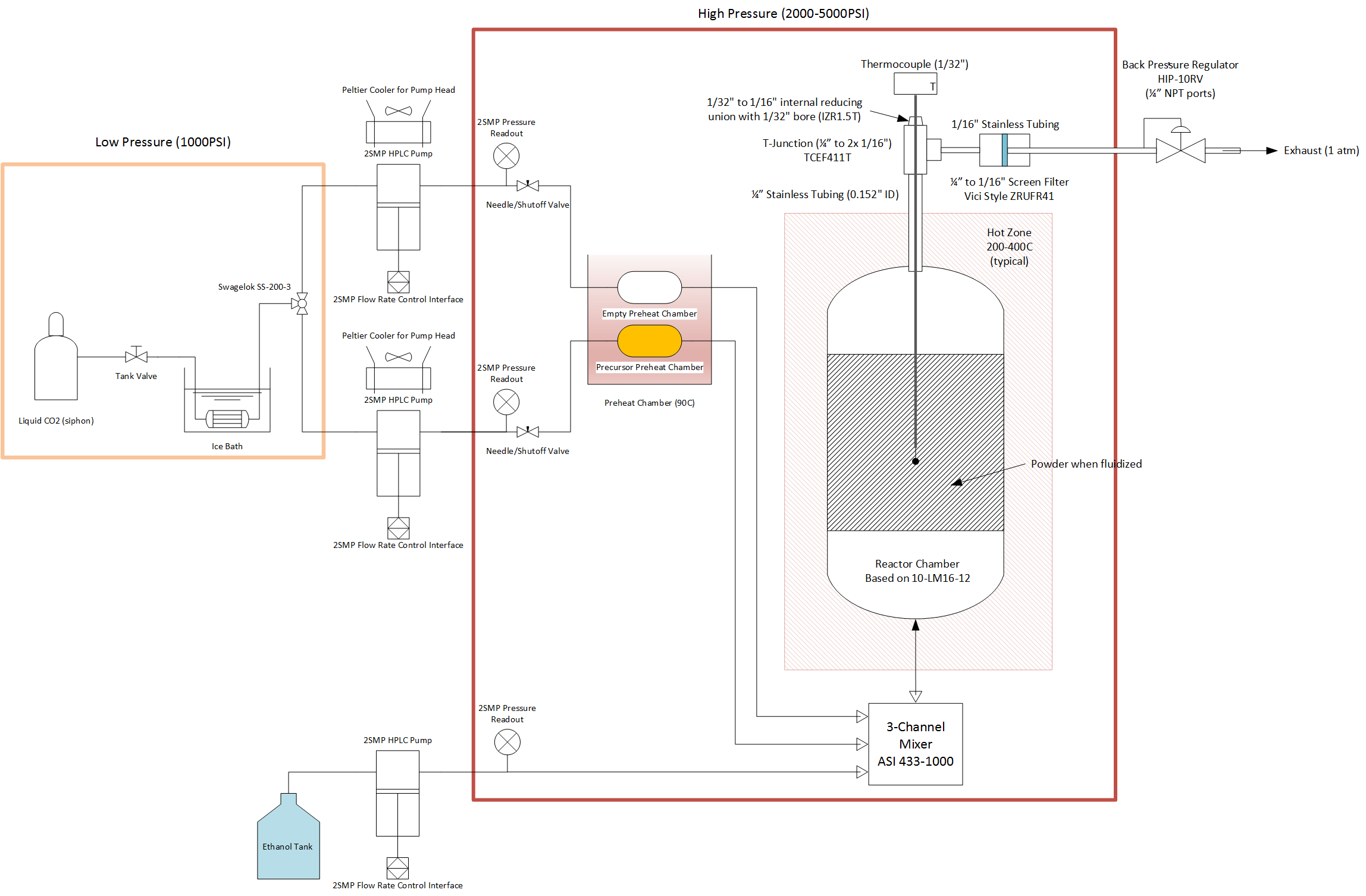
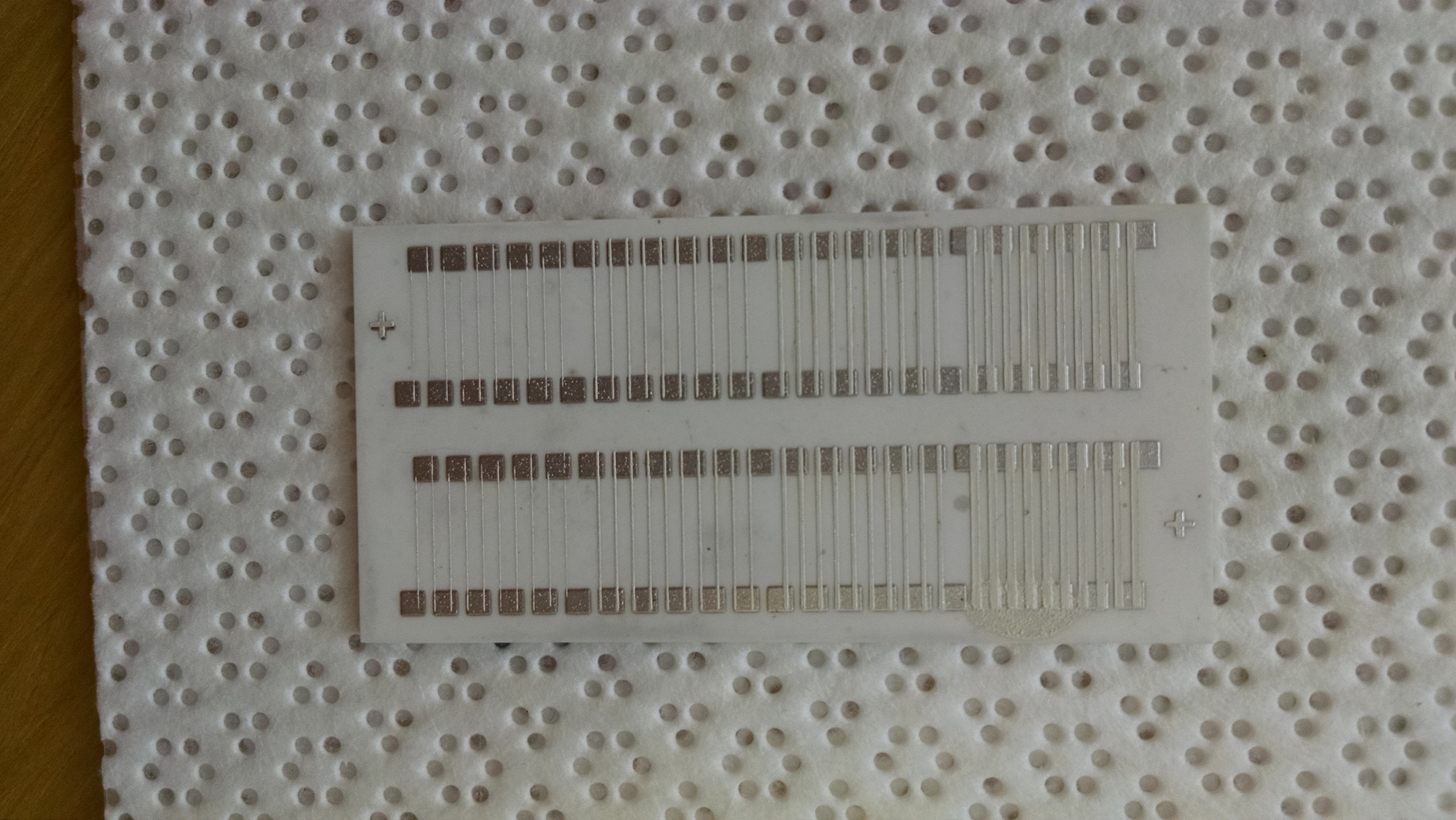
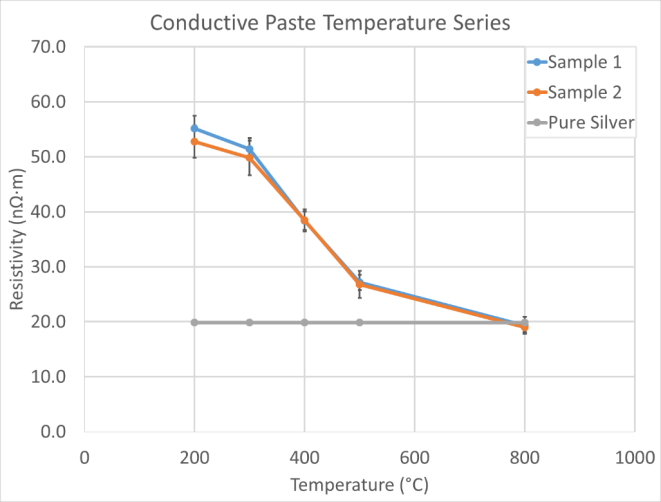
The fundamental difference between ALD, SFD, and CVD is that with CVD the reaction is continuous, but generally diffusion rate limited. With ALD, the reaction is self-passivating, meaning that a single nanolayer of precursor is first adsorbed and partially reacted onto a surface, followed by a second reaction step that converts the adsorbed precursor into the desired coating material. This allows the deposition of sub-nanometer thickness layers in a two step process. SFD is more like CVD in that the reaction is continuous, but achieves kinetically limited growth by virtue of extremely high precursor concentrations in solution allowed by the presence of a true solvent in the system.
Simulations comparing CVD, ALD, and SFD.
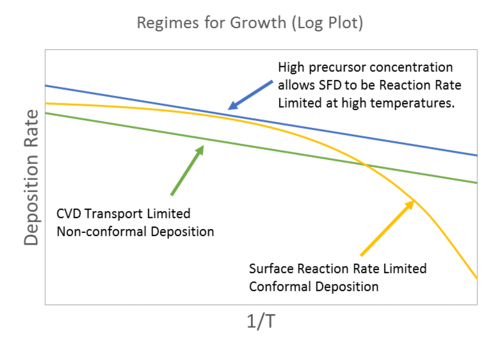



This supercritical fluid deposition technology was developed under a NSF small business grant for commercialization, and resulted in the ability to protect copper flake from oxidation at high temperatures, in search of a way to replace silver in conductive paste formulations for manufacturing solar cells.
